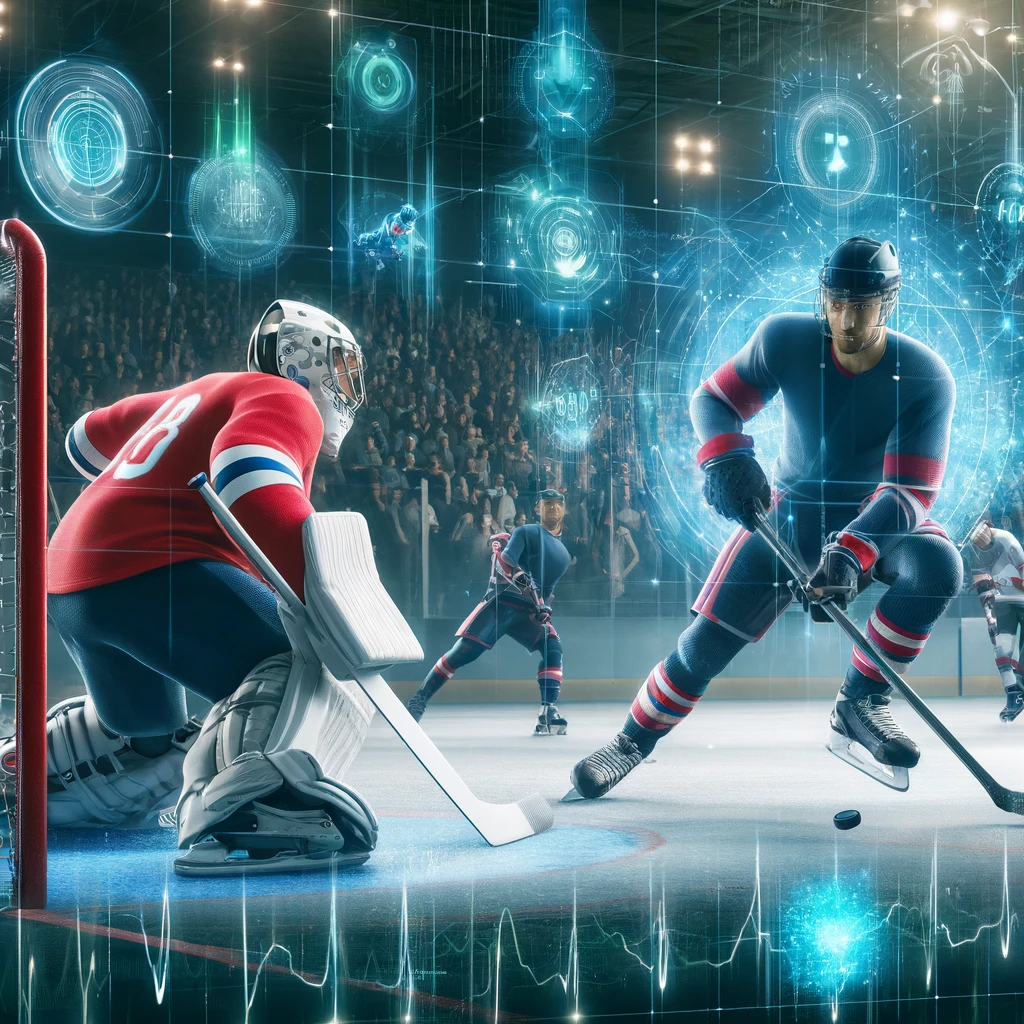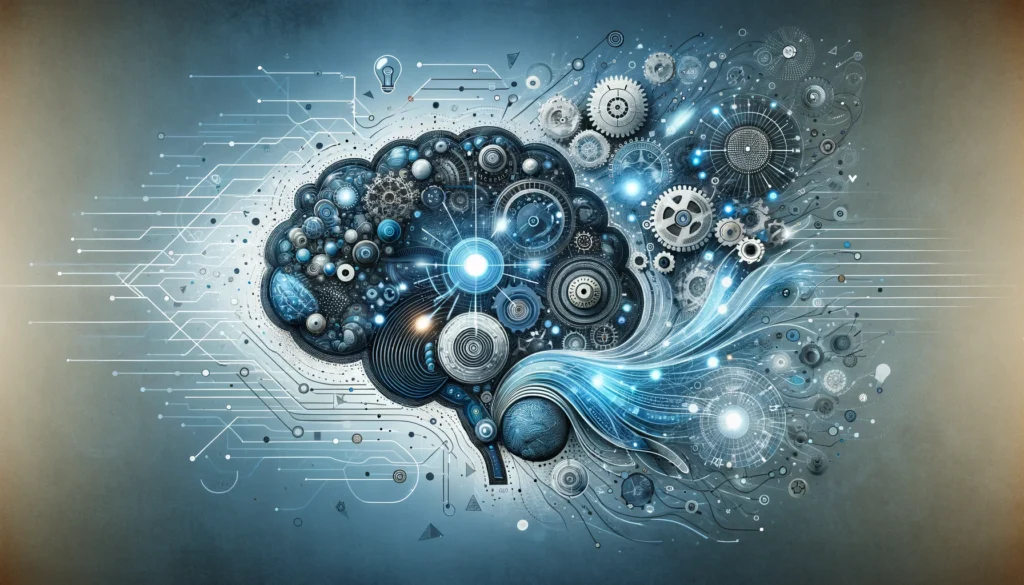In the fiercely competitive arena of professional sports, the health and safety of athletes have always been a paramount concern. Yet, despite advancements in training and medical care, the risk of injury remains a significant threat to players’ careers and teams’ successes. Enter artificial intelligence (AI) – a game-changer in sports, particularly in injury prevention and health monitoring. Athletes like Igor Shesterkin of the New York Rangers and Andrei Svechnikov of the Carolina Hurricanes are now not just at the forefront of their sports but also at the cutting edge of sports science, where AI-driven technologies are being deployed to safeguard their health and optimize their performance.
AI-Driven Biometrics: The New Frontier in Sports Medicine
The adoption of AI in sports medicine is rapidly evolving, with biometric monitoring systems leading the charge. These systems utilize sensors and wearable technology to collect real-time data on athletes’ physiological parameters, such as heart rate, muscle activity, and hydration levels, during both games and training sessions. For goalies like Shesterkin and forward players like Svechnikov, such detailed biometrics provide invaluable insights into their physical condition and stress levels, enabling a personalized approach to their health management.
Predictive Analytics in Injury Prevention
One of the most groundbreaking applications of AI in sports is the ability to predict and prevent injuries. By analyzing vast amounts of data collected from biometric monitors, AI algorithms can identify patterns and predict potential injury risks before they occur. This capability allows teams to make informed decisions about a player’s training load, game time, and recovery periods. For instance, if data suggests that Shesterkin is exerting a particular muscle group abnormally, the team can tailor his training to mitigate the risk of injury. Similarly, predictive analytics can suggest optimal recovery times for Svechnikov after a high-intensity game, ensuring he remains in peak condition.
Case Studies: AI in Action
The implementation of AI-driven health monitoring systems has already yielded positive outcomes in professional sports. Teams like the Carolina Hurricanes and New York Rangers have integrated these technologies into their training regimens, allowing them to maintain a closer watch over their star players’ fitness levels and fatigue. This proactive approach not only enhances performance but also extends athletes’ careers by preventing long-term injuries, a crucial advantage in the high-stakes world of professional hockey.
Challenges and Ethical Considerations
Despite the benefits, the integration of AI into sports also raises several challenges and ethical concerns. Privacy issues emerge as a primary concern, as continuous monitoring can lead to sensitive health data being collected and potentially misused. Furthermore, there is the risk of over-reliance on technology, where human judgment is overshadowed by data-driven decisions. Addressing these issues requires a balanced approach that respects athletes’ privacy and combines AI insights with the expertise of medical professionals.
Looking Ahead
As AI technology continues to advance, its impact on sports is expected to grow, offering even more sophisticated tools for injury prevention and health monitoring. For athletes like Igor Shesterkin and Andrei Svechnikov, AI not only offers a competitive edge but also a guardian against the physical toll of professional sports. As we look to the future, the synergy between AI and sports medicine holds the promise of safer, longer, and more successful athletic careers, reshaping the landscape of professional sports in profound ways.
Conclusion
In the world of professional sports, the health of an athlete is as crucial as their skill. With AI, teams have a powerful tool at their disposal to revolutionize how they manage player health, promising a new era where technology and human talent merge to push the boundaries of what athletes can achieve while ensuring their safety and well-being. The journey of integrating AI into sports is just beginning, but its potential to transform the game is undeniable.



